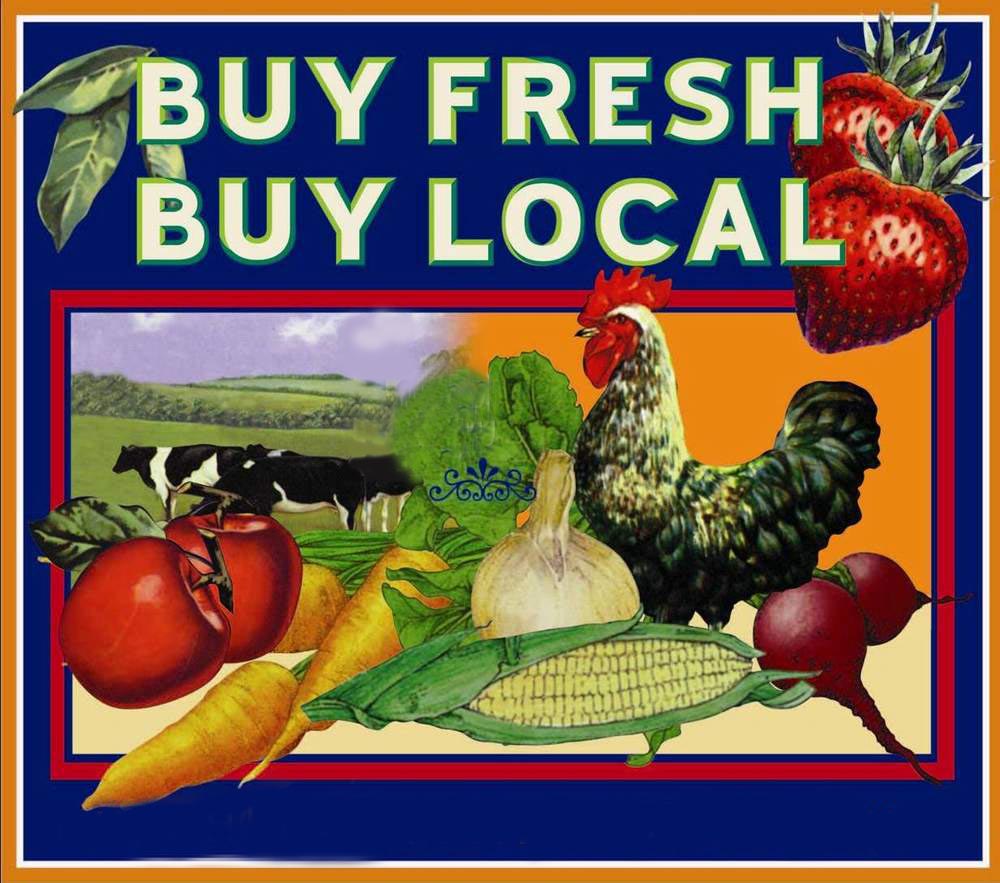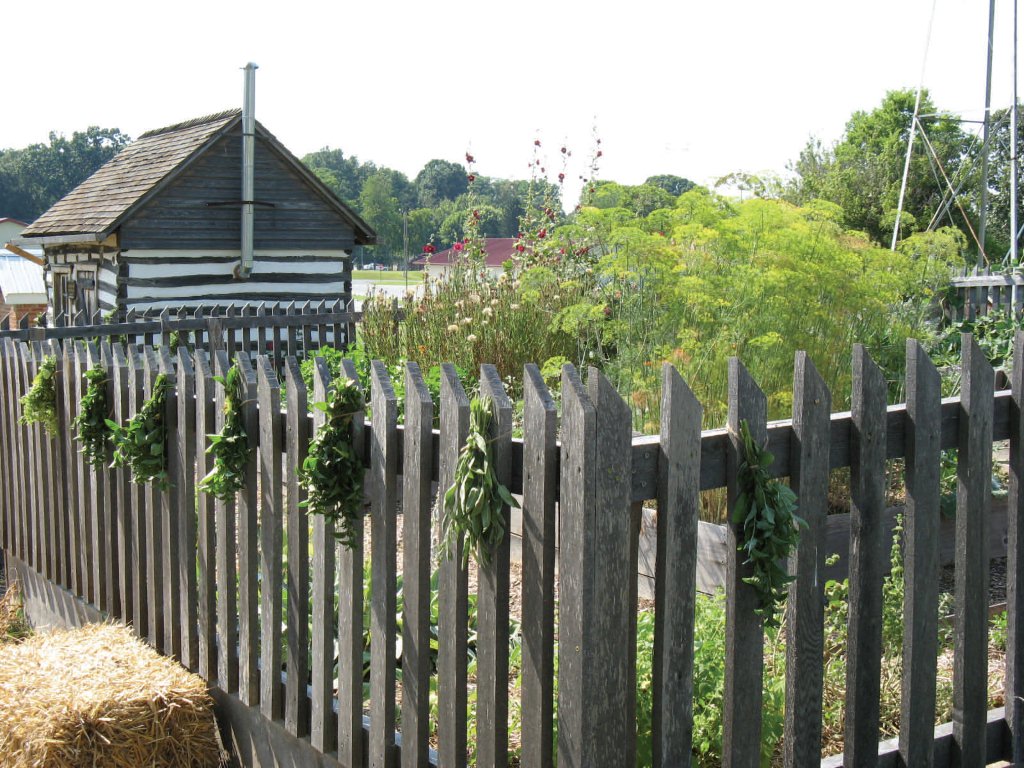The new victory gardens
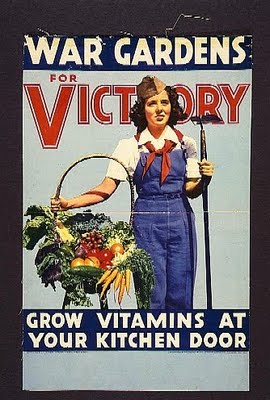
During World War II, the government encouraged U.S. Citizens to till up any free space in their yards and create gardens to supplement their ration restricted diets. These victory gardens increased the amount of resources going into the war effort, but more importantly offered an invaluable source of nutrition and sustenance to a war weary country.
According to Wessel’s Living History Farm in York, NE, Victory gardens made a significant impact. “Fruit and vegetables harvested in these home and community plots was estimated to be 9-10 million tons, an amount equal to all commercial production of fresh vegetables.”
Today we are fighting a battle on a different front. The recent economic crisis has left many Americans struggling to feed their families. Hunger is a problem that transcends boundaries such as time and geography, but it is growing more complex due, in part, to the industrialization of farming and an astronomical growth in population that began with the baby boom after the Second World War.
Effects of modern food production
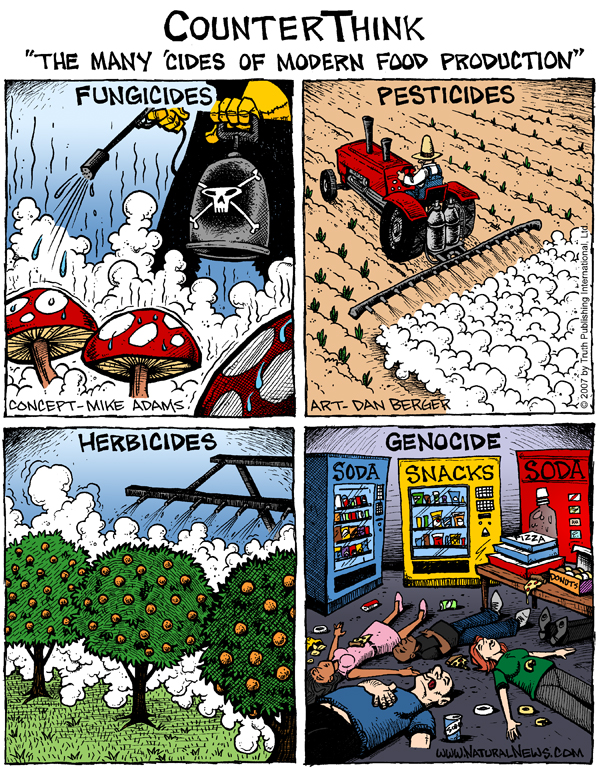
Hunger has become a multi-faceted issue that is intertwined with the healthcare system in the U.S. Modern farming and food production practices have led to food sources with depleted nutritional values that are frequently full of chemicals, processed sugar, cheap fillers such as corn by-products, pesticides and preservatives. These unwanted substances are helping to create multiple health care problems within the population. Two of the most troubling are obesity and diabetes.
These problems are compounding the economic crisis. According to the National Bureau of Economic Research, obesity and its related diseases (including diabetes) account for 16.5% of all money spent on healthcare in the U.S. Statistics such as these are causing more Americans to reevaluate their personal responsibility to their health—and their wallets.
Old idea sprouts new hope
Forced frugality and increased health awareness has spurred a renaissance in food producing agriculture at the local level. The old Victory Garden concept is being redefined as “beautility” or “edible landscapes.” No matter what name the idea is given, there is bountiful evidence that many have turned to back yard vegetable gardening in order to supplement their diets with more nutritional food and avoid harmful chemicals found on produce that is grown elsewhere and shipped across the country.
Copyright 2009 Rural Heritage Museum
Many paths to a community garden
Urbanites who lack the skill or acreage with which to garden have turned to the concept of community gardening, either by direct involvement or through a community supported local farm.
If digging in the dirt appeals to you, there are numerous opportunities available to work alongside your neighbors and grow your own food. Some neighborhoods delegate public land to be gardened in small individual plots that serve a family while others create one big garden that is tended by multiple members of the community.
Dig In, Hagerstownis a program introduced in 2010 in Hager Park in Hagerstown, MD, by city councilwoman Ashley Haywood. With the aid of master gardener Will Gotwin and a handful of volunteers, six raised beds were created and maintained. According to Haywood, this year was unique for two main reasons.
“When you are growing organically, it takes two to three years to figure out the soil contents of an area and adjust the compost and nutrients accordingly,” she said. Also, the drought that scorched the region affected some of the plants. The group used the top watering method. Haywood reports, “We did experience a good bit of bloom rot as watering sometimes scalded more than it hydrated.”
Plants in the DigIn garden included tomatoes, cucumbers, squash, zucchini, radishes, potatoes and cucumber. Despite the challenges of newly-dug soil and drought, the crops did quite well. In exchange for labor, program participants are given a share of the harvest.
The community gardening group plans to install a water line in the raised beds over the winter to help with the bloom rot problem. In the spring they will add a few additional beds, but are focusing on efficiently using smaller, high-yield spaces.
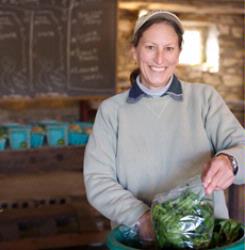 Fulton Farm in nearby Chambersburg, PA, is an example of community supported agriculture. The farm is run by the students and faculty of Wilson College. Local residents purchase “shares” from the farm or contribute labor and in return receive organic, locally grown produce once a week. Fulton Farm also offers pick-your-own opportunities and a wide range of educational activities designed to promote sustainable living.
Fulton Farm in nearby Chambersburg, PA, is an example of community supported agriculture. The farm is run by the students and faculty of Wilson College. Local residents purchase “shares” from the farm or contribute labor and in return receive organic, locally grown produce once a week. Fulton Farm also offers pick-your-own opportunities and a wide range of educational activities designed to promote sustainable living.
One unique community garden in Hagerstown is a victory garden in its own rite. Western Maryland Hospital Center resident Rolando Hernandez began gardening as therapy after an accident left him unable to walk and with limited use of his hands. He started by growing vegetables in pots on the balcony of his room and eventually convinced hospital administrators to install raised beds for him to tend. Aided by another MD master gardener, Will Godwin, Hernandez has turned his love of gardening into a community project by enlisting family members, staff and fellow residents as volunteers. Most of what he grows is given to the food service department of the hospital so the fresh produce is enjoyed by the residents. This type of grass roots community gardening with its humble beginning is an inspiration, both in terms of human spirit and community driven agriculture.
City dwellers can help
A new type of involvement with community gardening is taking hold in the U.S. Crop Mobs are springing up all over the country. Based on the concept of the popular performance art known as “flash mobs” where people are organized on the internet to show up at a central location and participate in some type of performance, crop mobs offer support to smaller local farms that are having trouble competing with larger, federally subsidized agri-business operations. Mobs are a mosaic of concerned locals with an interest in maintaining small farms and city dwellers who have no ground of their own but want to learn about gardening. Mobs are organized online, and on a specified date converge on a local farm and volunteer for a day. They perform any task the farmer needs help with including garden and maintenance chores, erecting or repairing farm buildings, fencing or any other task that may help a small-scale operation compete with larger farms. Not only does this teach valuable skills to people who wouldn’t normally be exposed to the garden, it is an invaluable help to farmers who may not have the income to hire help to maintain their farm. In exchange for a day of volunteer labor, the farm on the receiving end customarily provides a lunch made from locally grown bounty.
Simple solution, far reaching results
Currently there are many solutions being discussed to help combat poverty and poor health. While community involvement in local gardens may not be a comprehensive solution to these difficult problems, it offers many benefits that shouldn’t be overlooked. Community gardening can provide low cost, nutritious food that hasn’t been shipped across the country and chemically treated. It can create an atmosphere where neighbors work together to provide for themselves and each other while enjoying physical exercise. And it can promote a healthier local economy by supporting smaller farms and maintaining local cultural history.
Busy lifestyles often lead us to make choices of convenience. With planning and effort, we can make choices that are not only better for us in terms of cost and health, but choices that help others, too. That is the true essence of community gardening.
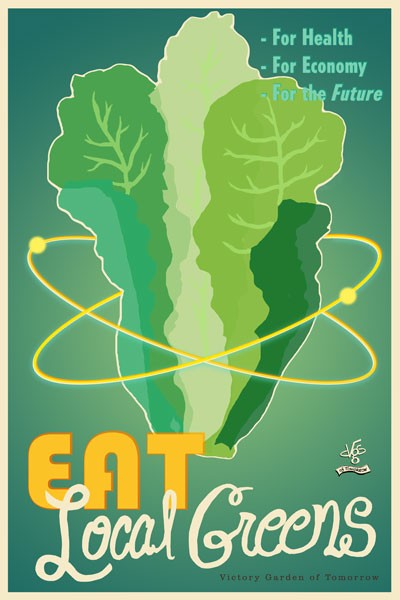
Copyright 2010 Victory Garden of Tomorrow
